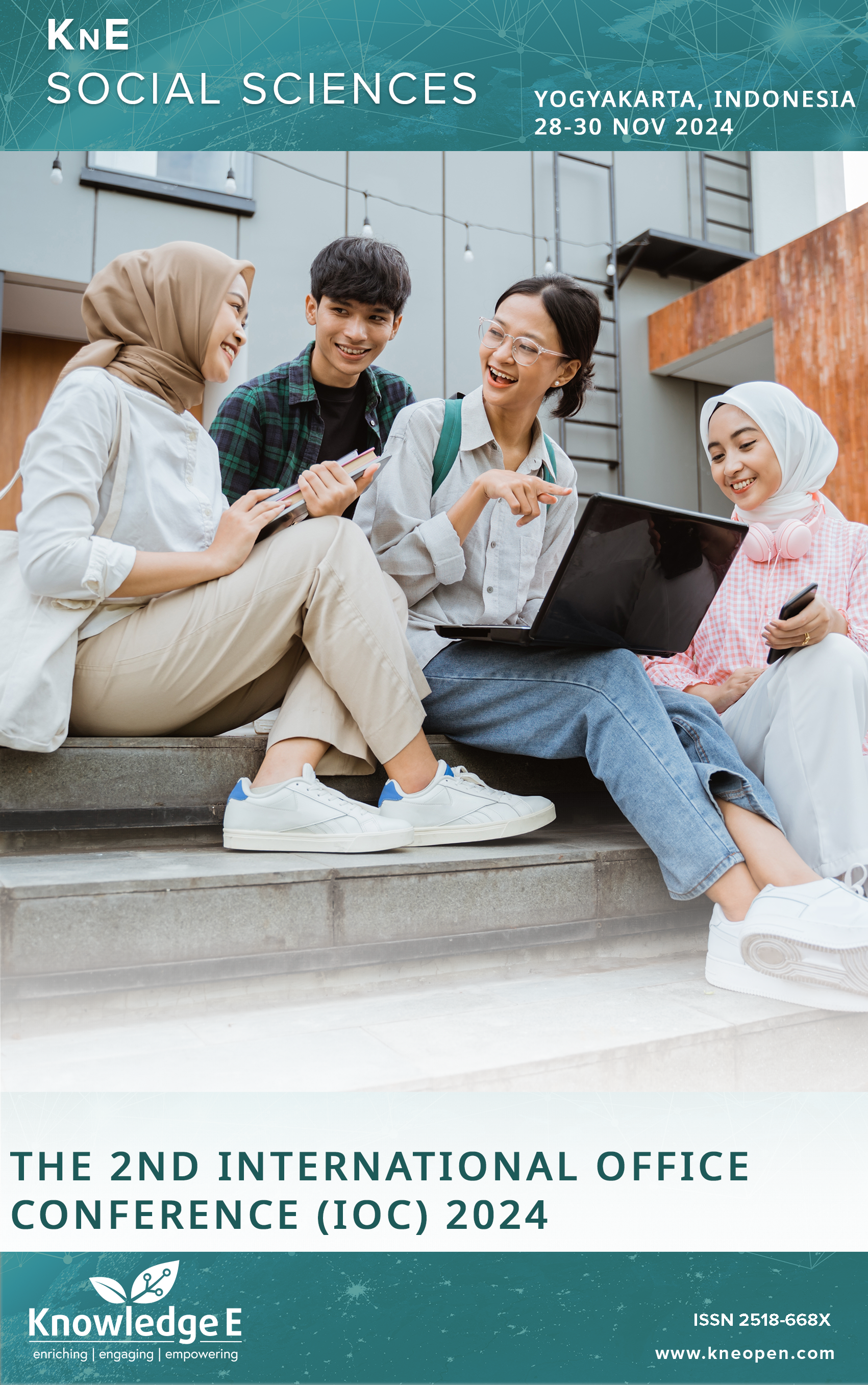International Student Engagement in Continuous Learning Participation: An Integrated Approach with Entrepreneurial Activities
DOI:
https://doi.org/10.18502/kss.v10i24.19817Keywords:
integrated approach, entrepreneurship, international students, acculturationAbstract
This research examines international students’ involvement in continuous learning participation using data obtained from the integrated method and analyzed through a mixed methods approach and means-ends chains. Cluster analysis was conducted to identify mixed method types. An initial qualitative survey with 30 respondents generated questionnaire items, and a quantitative survey to compile a value map was conducted targeting 100 respondents. Cluster analysis identified bicultural acceptance, heritage culture maintenance, and bicultural marginalization as different types that differentiate the level of acculturation among international students. The results of the three types of acculturations show that significant items and strong associations between attribute-consequence and consequence-value at each level reflect the inner thoughts and intrinsic values of international students. These strong associations provide a value map, differentiated by acculturation type. The findings suggest that the availability of integrated services is necessary to better meet the specific interests of international students at different stages of acculturation. Given that the mobility of international students has increased substantially, professionals and relevant entrepreneurial organizations should understand that international students’ sustained engagement in entrepreneurial activities can only be achieved if attention is paid to the cultural context.
References
[1] Neck HM, Greene PG. Entrepreneurship education: known worlds and new frontiers. J Small Bus Manag. 2011;49(1):55–70.
[2] Hasan HA. (2020). Pendidikan kewirausahaan: Konsep, karakteristik, dan implikasi dalam memandirikan generasi muda. Jurnal Pilar, 11(1), 99–110. https://journal.unismuh.ac.id/index.php/pilar/article/view/4909
[3] Alamsyah, & Hasanuddin. (2021). Penelitian mengenai keterbatasan modal dan akses pasar sebagai hambatan
[4] Andrade MS. International students in English-speaking universities: adjustment factors. J Res Int Educ. 2006;5(2):131–54.
[5] Creswell JW. Research design: Qualitative, quantitative, and mixed methods approaches. 4th ed. Thousand Oaks (CA): SAGE Publications; 2014.
[6] Patton MQ. Qualitative research & evaluation methods. 3rd ed. Thousand Oaks (CA): SAGE Publications; 2002.
[7] Moleong LJ. Metodologi penelitian kualitatif. Bandung: PT Remaja Rosdakarya; 2002.
[8] Dillman DA, Smyth JD, Christian LM. Internet, phone, mail, and mixed-mode surveys: The tailored design method. 4th ed. Hoboken (NJ): John Wiley & Sons; 2014. https://doi.org/10.1002/9781394260645.
[9] Borgardt, E. (2020). Means-end chain theory: A critical review of literature. Prace Naukowe Uniwersytetu Ekonomicznego we Wrocławiu, 64(3), 141–160. https://doi.org/10.15611/pn.2020.3.12.
[10] Berry JW. Acculturative stress. In: Wong PT, Wong LC, editors. Handbook of multicultural perspectives on stress and coping. Springer; 2006. pp. 287–98.
[11] Flick U. An introduction to qualitative research. 6th ed. SAGE Publications; 2018.
[12] Fatimah, R., & Perkasa, D. H. (2024). Tantangan dan upaya peningkatan komunikasi lintas budaya pada perusahaan multinasional: Kajian literatur review. MAPIRA: Jurnal Ilmiah Manajemen dan Kewirausahaan, 4(2), 59–69.
[13] Ward C, Geeraert N. Advancing acculturation theory and research: the acculturation process in its ecological context. Curr Opin Psychol. 2016 Apr;8:98–104.
[14] Ataupah JM. Peran struktur sosial dalam proses marginalisasi komunitas adat Malaka. INNOVATIVE: Journal of Social Science Research. 2024;4(5):8205–12.
[15] Granovetter MS. The impact of social structure on economic outcomes. J Econ Perspect. 2005;19(1):33–50.
[16] Schunk DH, DiBenedetto MK. Self-efficacy theory in education. In: Wentzel KR, Miele DB, editors. Handbook of motivation at school. 2nd ed. Routledge; 2016. pp. 34–54.
[17] Vidyarini TN. Adaptasi budaya oleh mahasiswa internasional: perspektif komunikasi lintas budaya. Scriptura. 2017;7(2):71–9.
[18] Anggraini A. (2023). Manfaat networking untuk karir internasional. London School of Accountancy and Finance Blog. Retrieved from https://lsafglobal.com
[19] Handayani, S., & Yuca, M. (2019). Kajian self-adjustment pada mahasiswa kelas internasional. Jurnal Pendidikan dan Pengajaran Ilmu-Ilmu Sosial, 1(1), 1–10.
[20] Ward C, Geeraert N. Advancing acculturation theory and research: the acculturation process in its ecological context. Curr Opin Psychol. 2016 Apr;8:98–104.
Published
How to Cite
Issue
Section
License
Copyright (c) 2025 Moh Yudi Mahadianto, Nelia Fariani S., Saw Htin Lin Aung

This work is licensed under a Creative Commons Attribution 4.0 International License.

